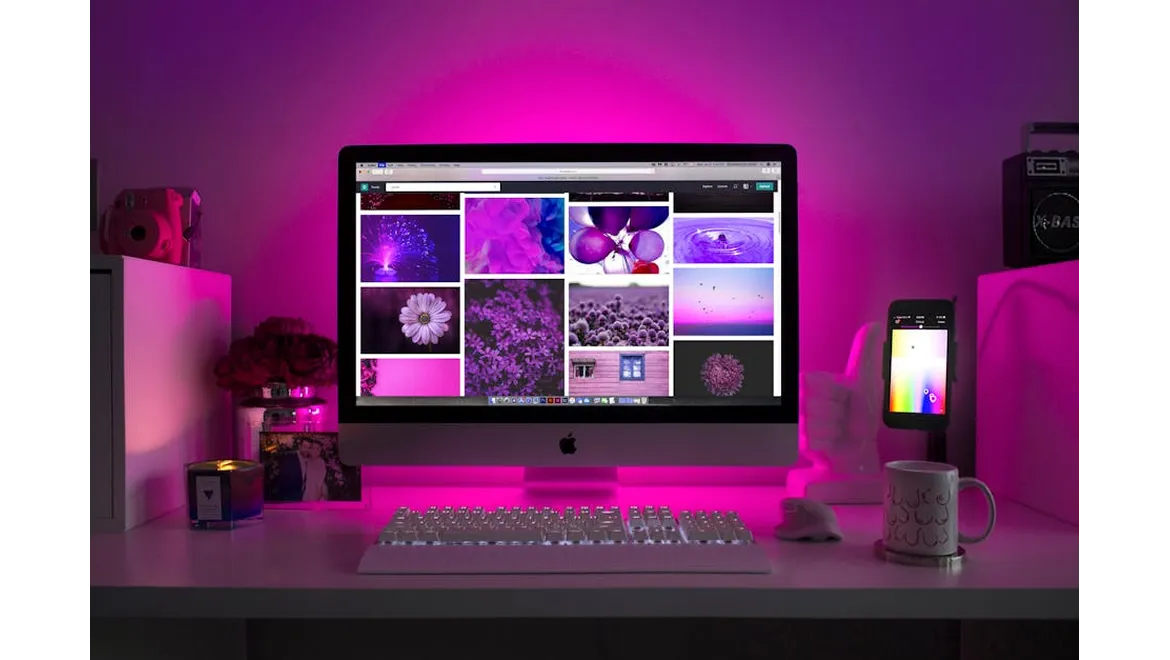Right, let’s talk about something seriously exciting: Augmented Reality (AR) and how it’s completely revolutionising the home decor game, especially within Facebook. As someone who’s always looking for innovative ways to boost business and engage customers, I’ve been diving deep into Facebook’s AR capabilities, and let me tell you, the potential is enormous. This isn’t just a shiny new gimmick; it’s a powerful tool that can genuinely transform how people shop for their homes.
Think about it from your customer’s perspective. Buying furniture, rugs, or wall art online can feel like a leap of faith. Will that sofa actually fit in their living room? Does that rug clash with their existing colour scheme? These are common anxieties that often lead to abandoned carts or, worse, costly returns. That’s where Facebook AR steps in to save the day. By allowing customers to virtually ‘place’ your products in their own homes, you’re empowering them to make informed decisions with confidence.
How Does It Actually Work?
Implementing Facebook AR for your home decor business is surprisingly straightforward. It leverages Facebook’s Spark AR platform, which is accessible to businesses of all sizes. You’ll need 3D models of your products, which can be created by a 3D artist or, in some cases, sourced directly from manufacturers. Once you have these models, you upload them to the Spark AR Hub and design an AR experience.
The process involves these key steps:
-
Product Modelling: This is the foundation. High-quality 3D models are essential for a realistic AR experience. Consider dimensions, textures, and how the product interacts with light. Think about offering different finishes or colours as variations within the model.
-
Spark AR Setup: Within Spark AR Hub, you’ll create a new project and import your 3D model. You’ll then use the platform’s visual scripting tools to define how the product interacts with the user’s camera view. This includes scaling, positioning, and allowing users to rotate the object.
-
Testing and Refinement: Before launching, thoroughly test the AR experience on different devices and in various lighting conditions. Get feedback from colleagues or even a small group of customers to identify any areas for improvement. Tweak the model’s size or adjust the lighting to ensure a seamless integration with the user’s environment.
-
Integration with Facebook Ads: The magic happens when you connect your AR experience to your Facebook ads. You can create an ad that invites users to ‘Try It On’ (or in this case, ‘Try It In Your Home’). When clicked, the ad will open the AR experience directly within the Facebook app, allowing users to virtually place the product in their space.
-
Measuring Results: Track your AR ad performance closely. Facebook provides metrics like the number of AR activations, time spent interacting with the AR experience, and click-through rates to your website. Use this data to optimise your ads and refine your product offerings.
Practical Benefits for Your Business
- Reduced Returns: By allowing customers to visualise products in their homes, you significantly reduce the likelihood of returns due to size or style mismatches. This saves you money on shipping and restocking costs.
- Increased Conversions: The ability to ‘try before you buy’ builds confidence and removes purchase barriers. This leads to higher conversion rates and increased sales.
- Enhanced Customer Engagement: AR provides a memorable and interactive brand experience. This fosters stronger customer relationships and encourages repeat purchases.
- Data-Driven Insights: Facebook AR provides valuable data about how customers interact with your products. This information can be used to refine your product design, marketing strategies, and overall customer experience.
Beyond the ‘Try-On’: Creative Engagement
While the ‘try-on’ functionality is incredibly powerful, don’t limit yourself! Think beyond the basics. Could you create an AR filter that lets users visualise different paint colours on their walls? Or perhaps an interactive game that challenges them to arrange furniture in a virtual room? The possibilities are endless.
The key is understanding your target audience. What are their interests? What problems are they trying to solve? Use this knowledge to create AR experiences that are not only functional but also engaging and entertaining. Run polls and ask questions, be sure to encourage your audience to respond and interact with you.
To make the most of AR, you need to think about how you’re presenting the experience. Short, snappy videos demonstrating the functionality are a must. Focus on the problem it solves, and how easy it is to use. Don’t be afraid to experiment with different ad formats and targeting options to reach the right audience.
So, Facebook AR isn’t just about showing a product; it’s about empowering your customers, building trust, and creating a memorable shopping journey. It allows a higher satisfaction rate and a customer that is happy with the product they receive.
And in today’s competitive market, offering a unique and engaging experience is precisely what you need to stand out from the crowd and drive serious results. By taking advantage of this tech, you can improve your reach, and provide confidence to your audience.











